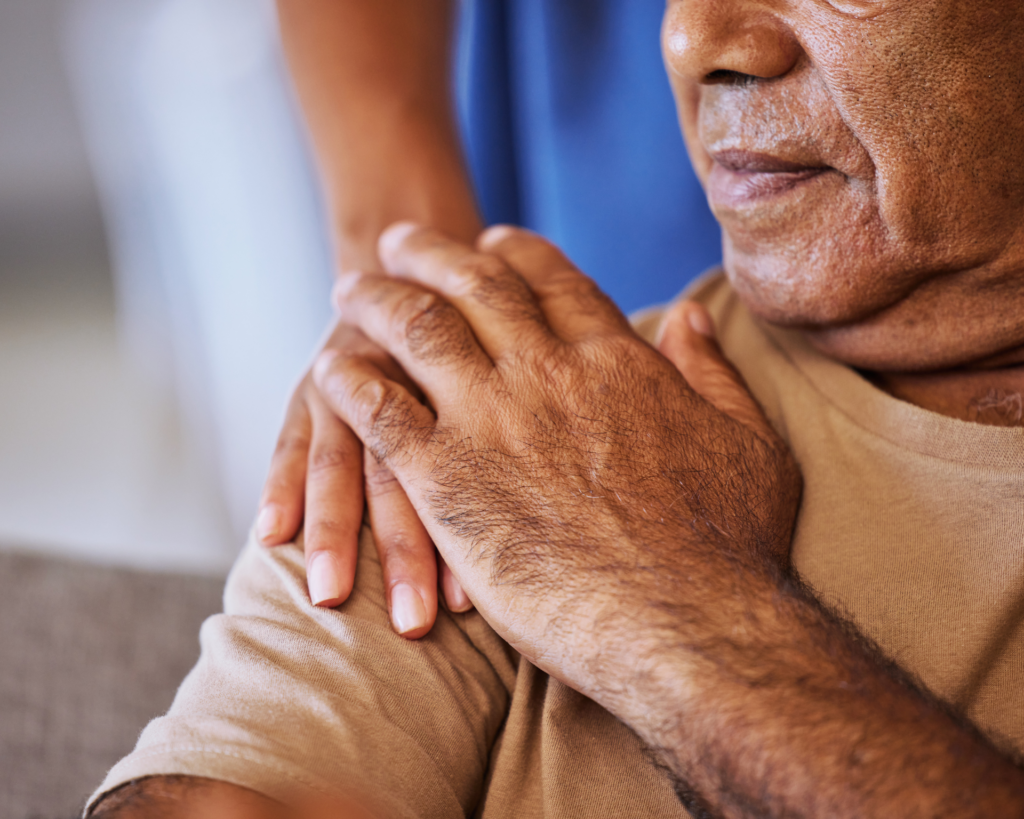Homelessness and Health Among Gender Minority Youth
Gender minority youth are more likely to experience homelessness—and its resulting safety and health concerns—than their cisgender peers.

Read Time: 2 minutes
Published:
Gender minority (i.e., transgender and gender diverse) youth may face rejection from their families, sometimes escalating to the point of the family kicking them out of the home. As a result, these youth are more likely to experience homelessness than their cisgender peers.
To understand experiences of homelessness among gender minority youth, Cameron Deal and colleagues analyzed data from the 2017 and 2019 Youth Risk Behavior Survey, which surveyed more than 90,000 American high school students. The authors found that 3,194 youth (2.9%) identified as gender minorities.
Deal and colleagues asked where they usually slept in the past 30 days and categorized youth who slept anywhere other than their parent/guardian’s home as homeless.
Twenty-two percent of gender minority youth reported experiencing homelessness in the last 30 days, compared to 3% of cisgender youth. The figure above shows that cisgender youth experiencing homelessness often turned to non-parental homes, while gender minority youth were more likely to live on the streets or in shelters.
Living on the streets comes with significant safety concerns. Unfortunately, gender minority youth might be wary to turn to shelters because of systemic barriers within shelter systems that leave them feeling unsafe or unsupported. Compared to both non-homeless and homeless cisgender youth, gender minority youth experiencing homelessness reported higher rates of adverse health outcomes (including suicidality, substance use, and risky sexual behavior).
Social acceptance serves as a protective factor for youth against adverse health outcomes, such as suicidality. But for youth who become homeless, tailored housing interventions would help as an interim step. To do so, shelters need more intersectional training and policies to become effective safe spaces for these young people.
Databyte via Cameron Deal, Riya D. Doshi, and Gilbert Gonzales. Gender Minority Youth Experiencing Homelessness and Corresponding Health Disparities. Journal of Adolescent Health, 2023.



